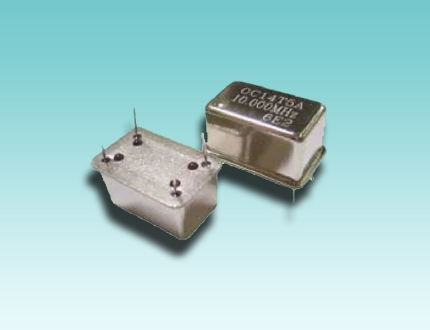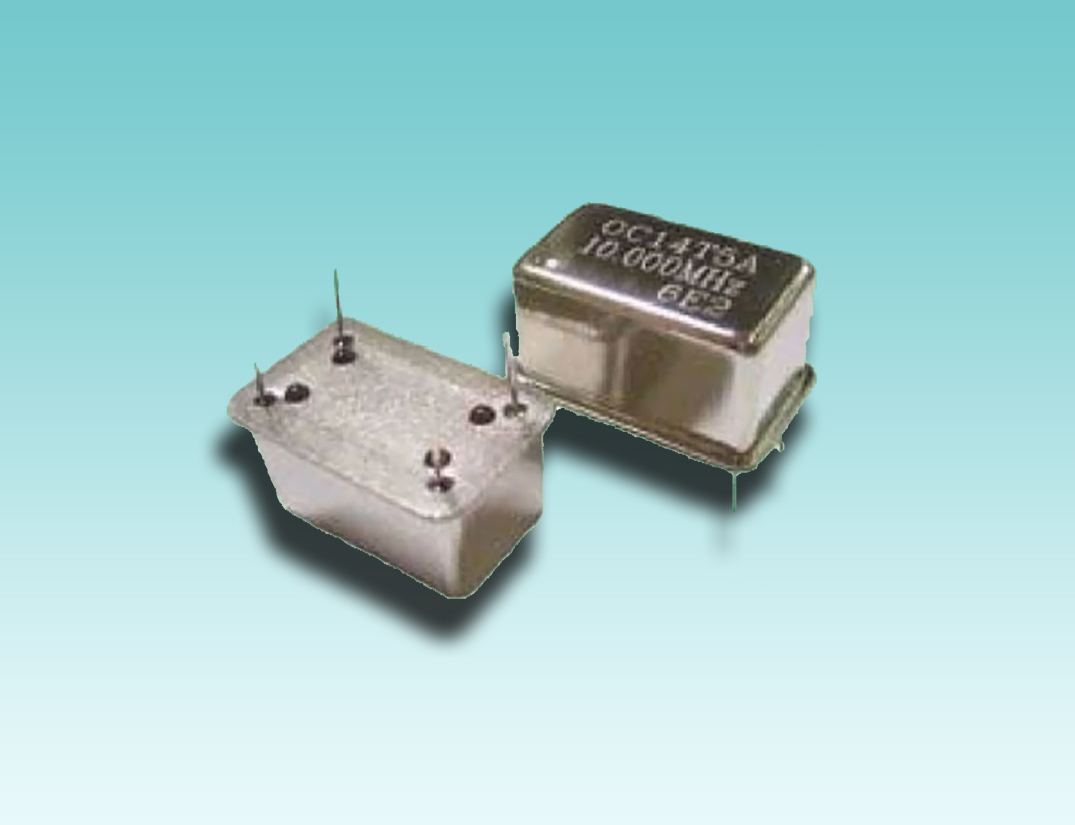|
Frequency Range |
1.0 MHz~60.0 MHz |
||
|
Standard Frequencies (partial list) |
5, 10.0, 10.245, 3.000, 16.384 MHz |
||
|
Supply Voltage (Vcc) |
+5.0 VDC ±5% (voltage code "5") or |
||
|
Type of Crystal Cut |
AT-cut. Use "A" for crystal code. |
SC-cut. Use "S" for crystal code. |
|
|
Frequency Stability |
vs Operating Temperature Range |
±1E-7 over -30 to +70C Custom spec on request |
±1E-8 over -30 to +70C custom spec on request |
|
vs Aging /1 day |
±3E-9 max. after 72 hours of operation |
±3E-9 max. after 72 hours of operation |
|
|
vs Aging /first year |
±5E-7 max. after 72 hours of operation |
±5E-7 max. after 72 hours of operation |
|
|
vs short term |
±5E-11 max. |
±1E-11 max. |
|
|
vs 5% Supply Voltage Change |
±10 ppb max. |
||
|
vs 5% Load Change |
±10 ppb max. |
||
|
Electronic Frequency Tuning (EFC) |
Tuning Range |
±3.6E-6 min. |
±8.8E-7 min. |
|
Control Voltage Range |
0~+5.0V or 0~+10VDC (please specify) |
||
|
Linearity |
±20% |
||
|
Transfer Function |
Positive |
||
|
Input Impedance |
20 K Ω typical |
||
|
Initial Frequency Accuracy(at +25ºC) |
±2ppm at time of shipment. With EFC at +2.5V±0.5V |
||
|
Power Dissipation |
5 watts at steady-state at +25ºC |
||
|
Warm-up time(at +25ºC) |
10 minutes max. (to ±2E-8 of the nominal freq.) |
7 minutes max. (to ±2E-8 of the nominal freq.) |
|
|
HCMOS Square Ware |
VOH:Logic High "1" |
4.5V DC min. for Vcc=+12V or +5.0V, 15pF load |
|
|
VOL:Logic High "0" |
0.5V DC min. for Vcc=+12V or +5.0V, 15pF load |
||
|
Duty Cycle |
45% ~55% measured at (VOH - VOL )/2 |
||
|
Rise Time and Fall Time |
10n secmax. (90% 10% Vcc) |
||
|
Load |
15pF |
||
|
Sine Wave |
Output |
0 to +17dBm min. Please specify. |
|
|
Load |
50 Ω |
||
|
Harmonics |
-20dBc |
||
|
Spurious |
-80dBc |
||
Dimension: ( mm)





